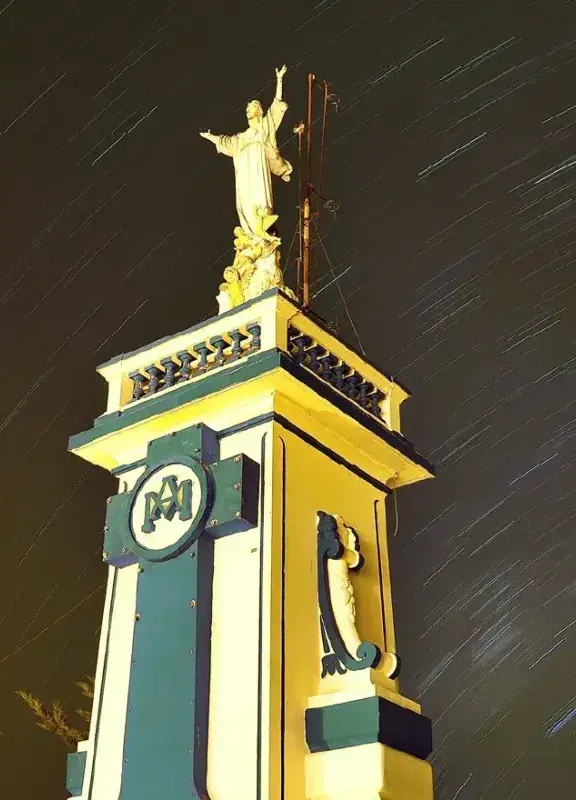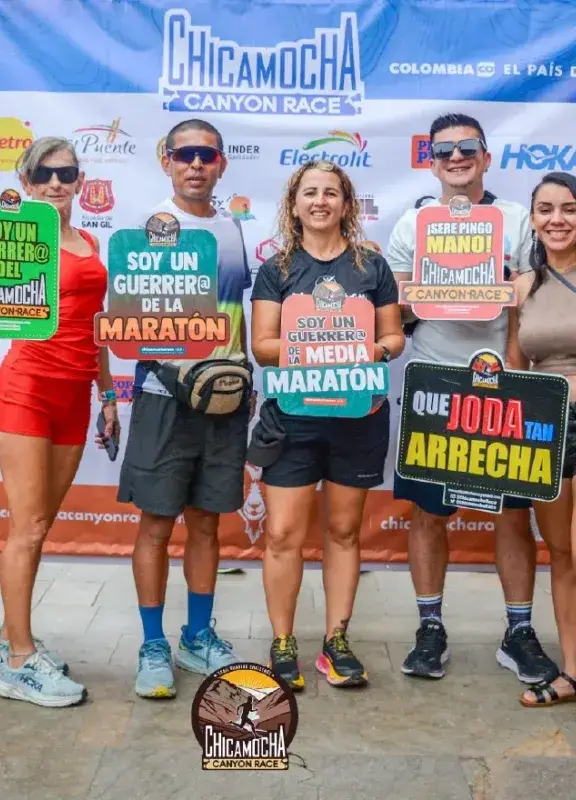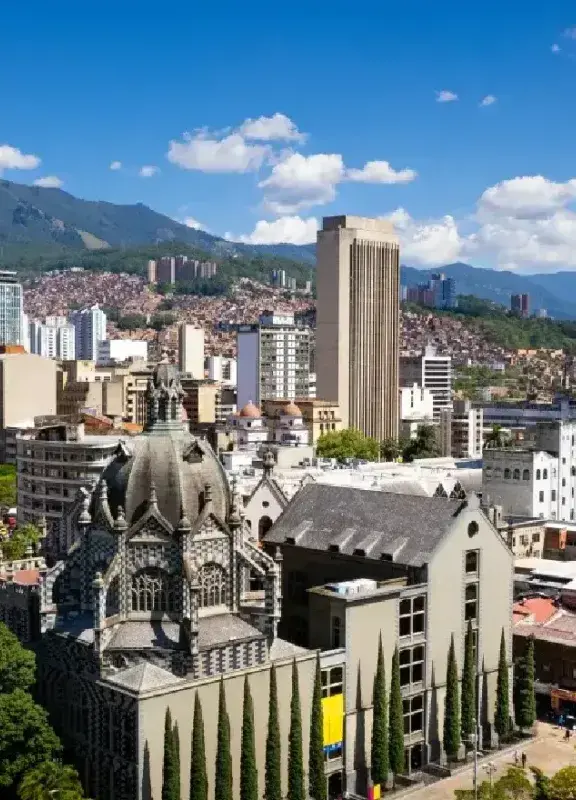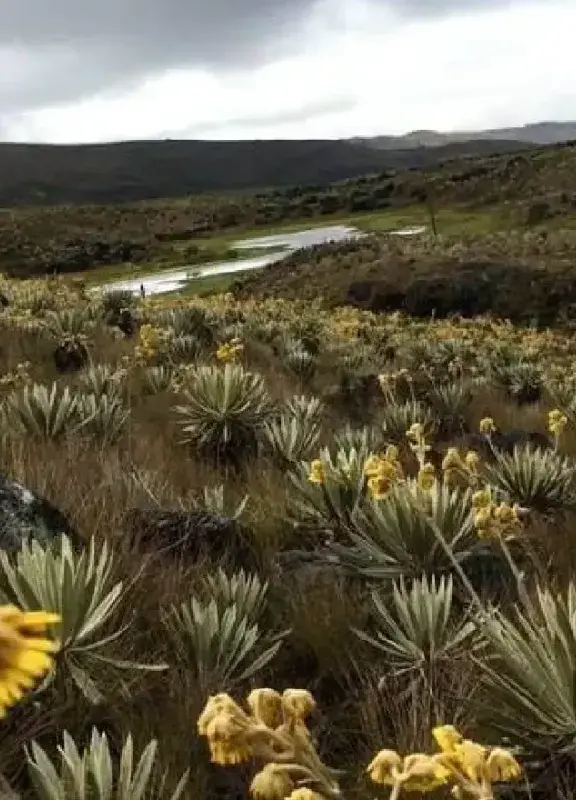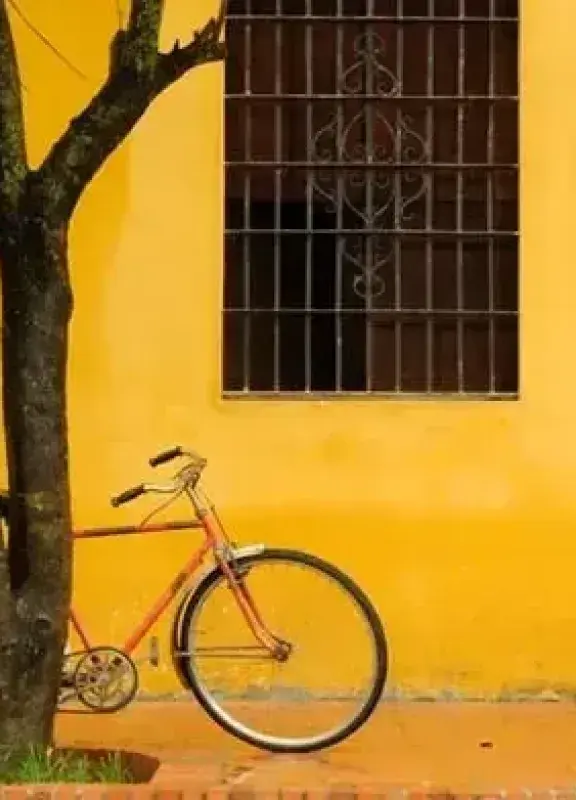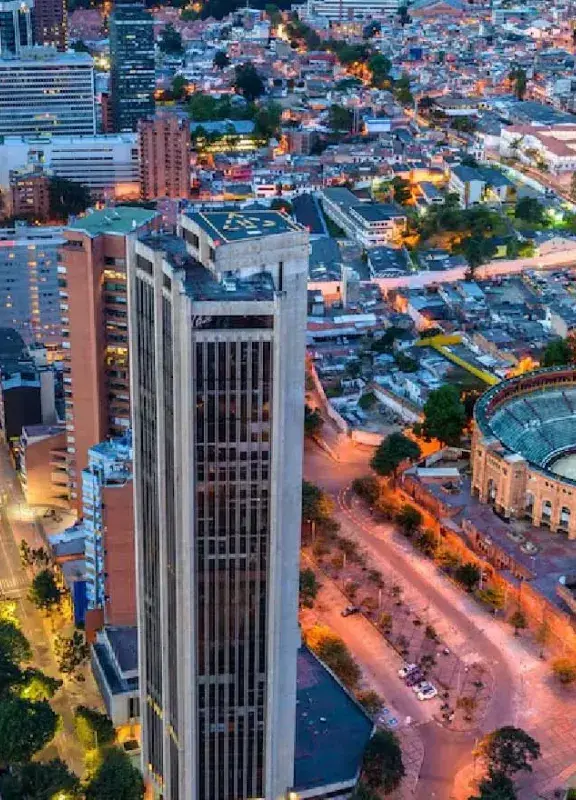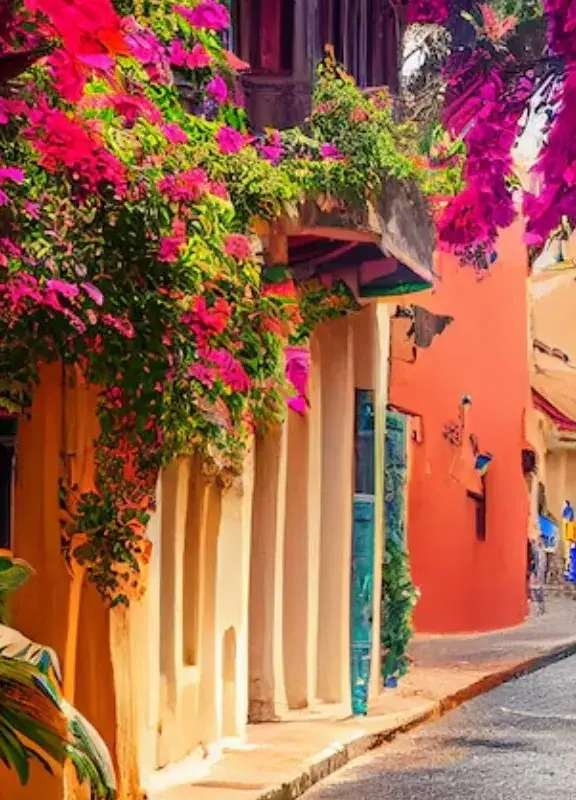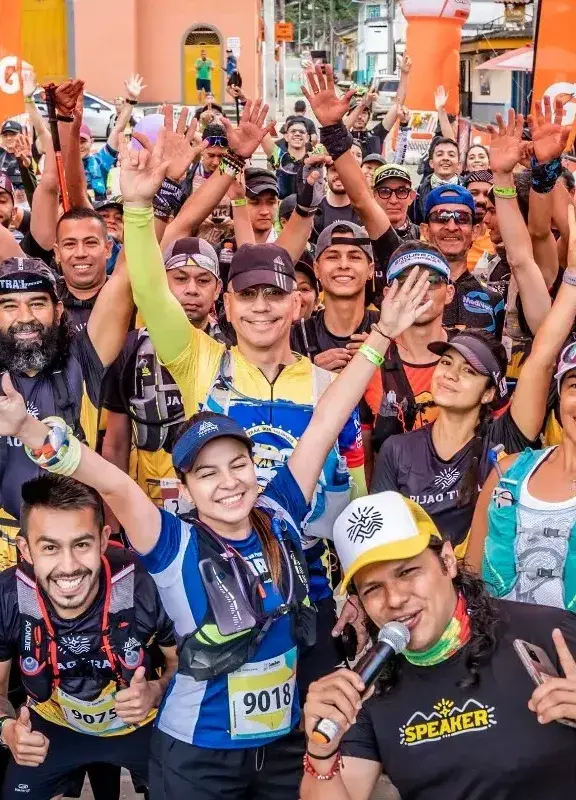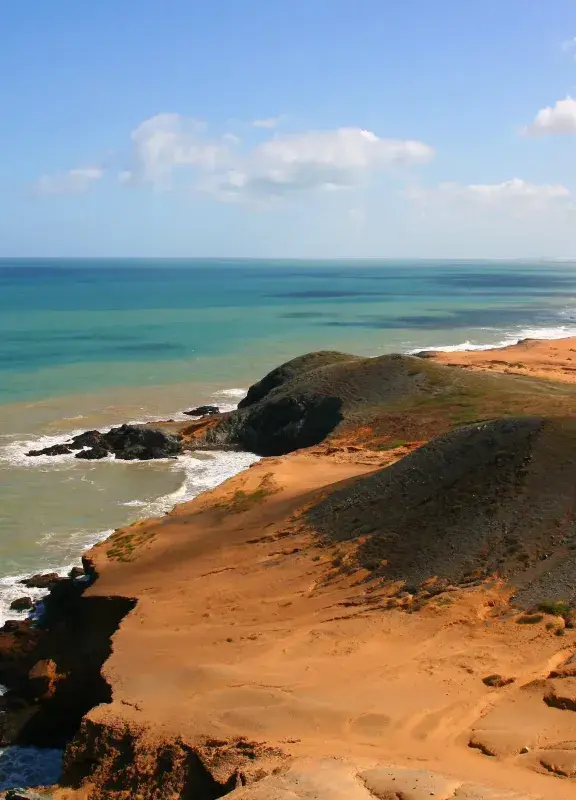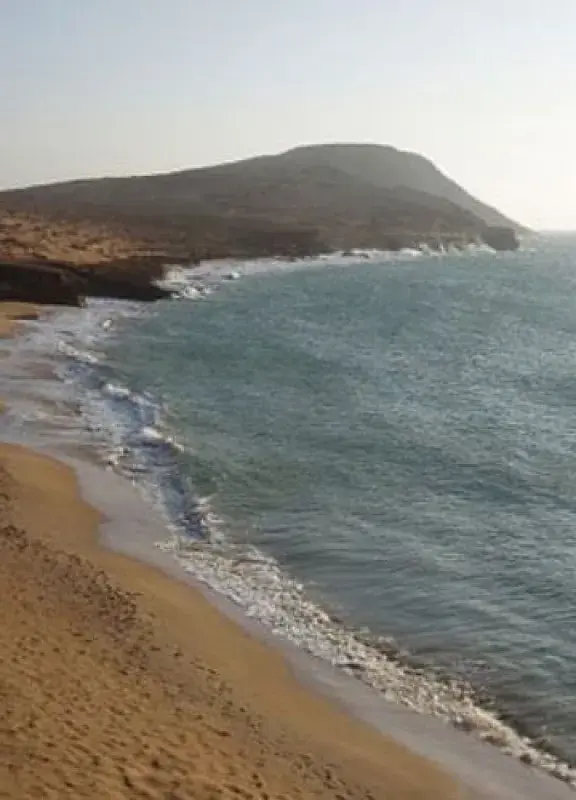Five places to visit if you want to learn about Colombia's indigenous culture
Colombian indigenous culture is one of the most important aspects of our heritage.
There are many ways to learn more about the ancestral peoples who inhabited Colombia hundreds of years ago and whose traditions continue to this day. Plan a visit to one of these places—many of them sacred—and be amazed by what you can learn about Indigenous culture in Colombia.
You might also be interested in: The Pre-Columbian Era
The Desert in La Guajira
The Wayúu populated nearly half of La Guajira, in northwestern Colombia, and speak Wayuunaiki. This language has a special word, alijuna, used to refer to anyone who is not Wayúu. This does not mean they are not hospitable. Visit Cabo de la Vela—most Wayúu welcome guests to their rancherías in the desert, and the best way to experience their culture is to visit them, enjoy a feast of roasted goat, and take in their dance and music. The best way to support the lifestyle of this Indigenous group is by purchasing their beautifully woven Wayúu crafts, such as backpacks and hammocks.
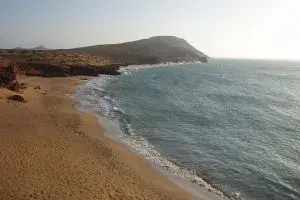
Photo: Wikimedia
El Dorado, Cundinamarca
The legend of El Dorado is famous worldwide and centers on the Guatavita Lagoon, near Bogotá, which was one of the sacred lakes of the Muisca people. Their chief, whom the Spaniards called “El Dorado,” supposedly covered himself in gold and submerged in the water during a ritual while his followers threw gold and precious stones into the lagoon. Once you visit the lagoon and feel its mystical serenity, stop by the Gold Museum in the capital to see the Muisca Raft made of gold, created by ancient peoples and discovered in a nearby cave.
You might also be interested in: Colombia, World Goldsmith Heritage
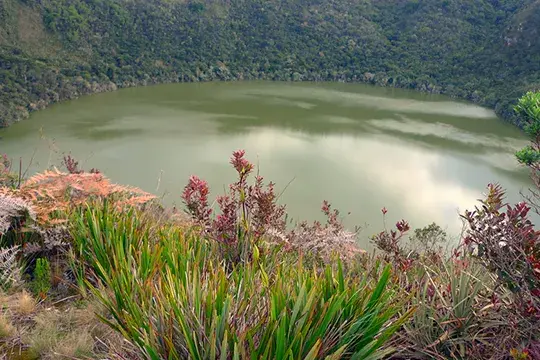
San Agustín, Huila
San Agustín is the most sacred town in Colombia, at least when it comes to the country’s Indigenous past. This town in southern Colombia is home to the largest collection of religious sculptures in South America and is truly the world’s largest cemetery. In this UNESCO World Heritage Site, which also includes the neighboring municipality of Isnos, you’ll find stunning stone figures of humans and animals guarding ancient tombs, as well as the Lavapatas Fountain—an incredible man-made channel system that diverts the river into pools and waterfalls once used for religious rituals thousands of years ago.
You can also read: Where can you learn more about Colombia’s ethnic diversity?
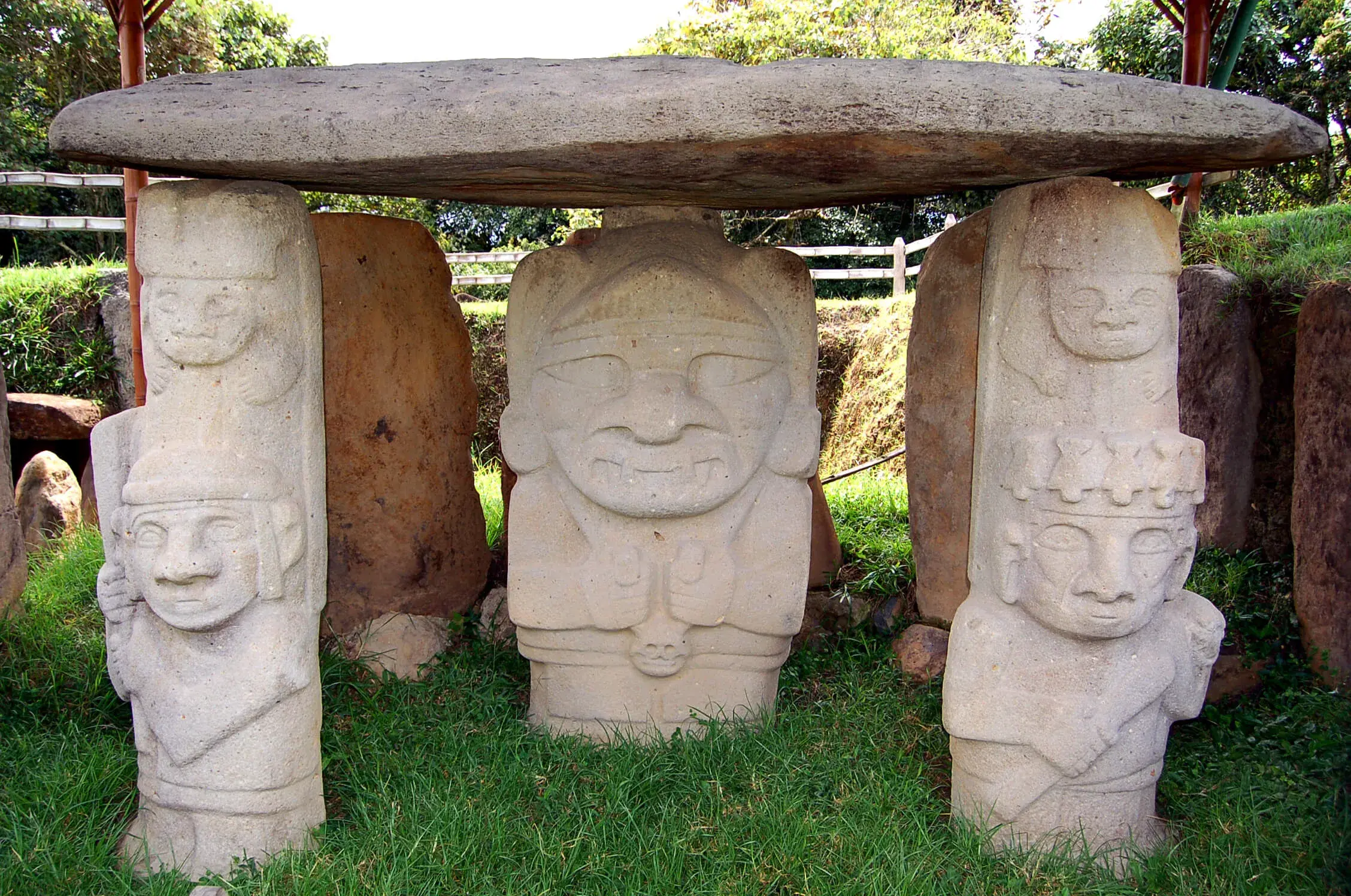
Photo: Wikimedia
The Lost City, Sierra Nevada
To reach the Lost City, you must first complete a challenging five-day jungle trek near Santa Marta, ending with an ascent of about 1,200 stone steps to discover the wonders hidden within the Sierra Nevada de Santa Marta. For the Kogui, Arhuaco, and Wiwa peoples, this is a sacred site that was once the political and industrial center of their ancestors, the Tayrona. The trek passes through several Indigenous villages and representations of Tayrona life. A tour company that operates excursions to the site, Wiwa Tour, is owned and managed by Indigenous people themselves.
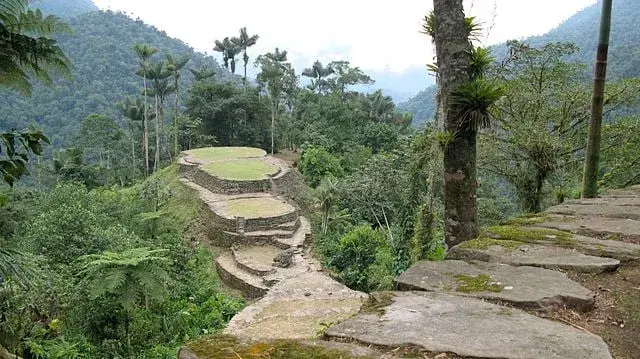
Photo: Wikimedia
Tierradentro, Cauca
Tierradentro was another sacred burial site for Colombia’s ancient Indigenous communities. These pre-Columbian underground tombs, located near the city of Popayán in Cauca, are believed to have been built between the 6th and 9th centuries, at least eight meters below ground. These funerary chambers, accessed by spiral staircases, are decorated with Indigenous art in black, red, and white, and some still preserve the original sculptures and ceramic offerings placed within them.
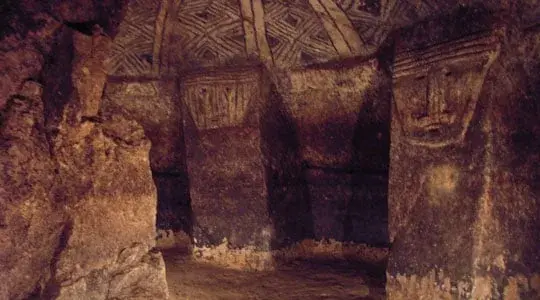
Photo: Wikimedia
Now you know where to travel if you want to learn more about Indigenous culture in Colombia. These are just a few of the places where you can have a unique experience connecting with ancestral traditions. Start exploring Colombia today.
 Welcome, you are in
Welcome, you are in 



